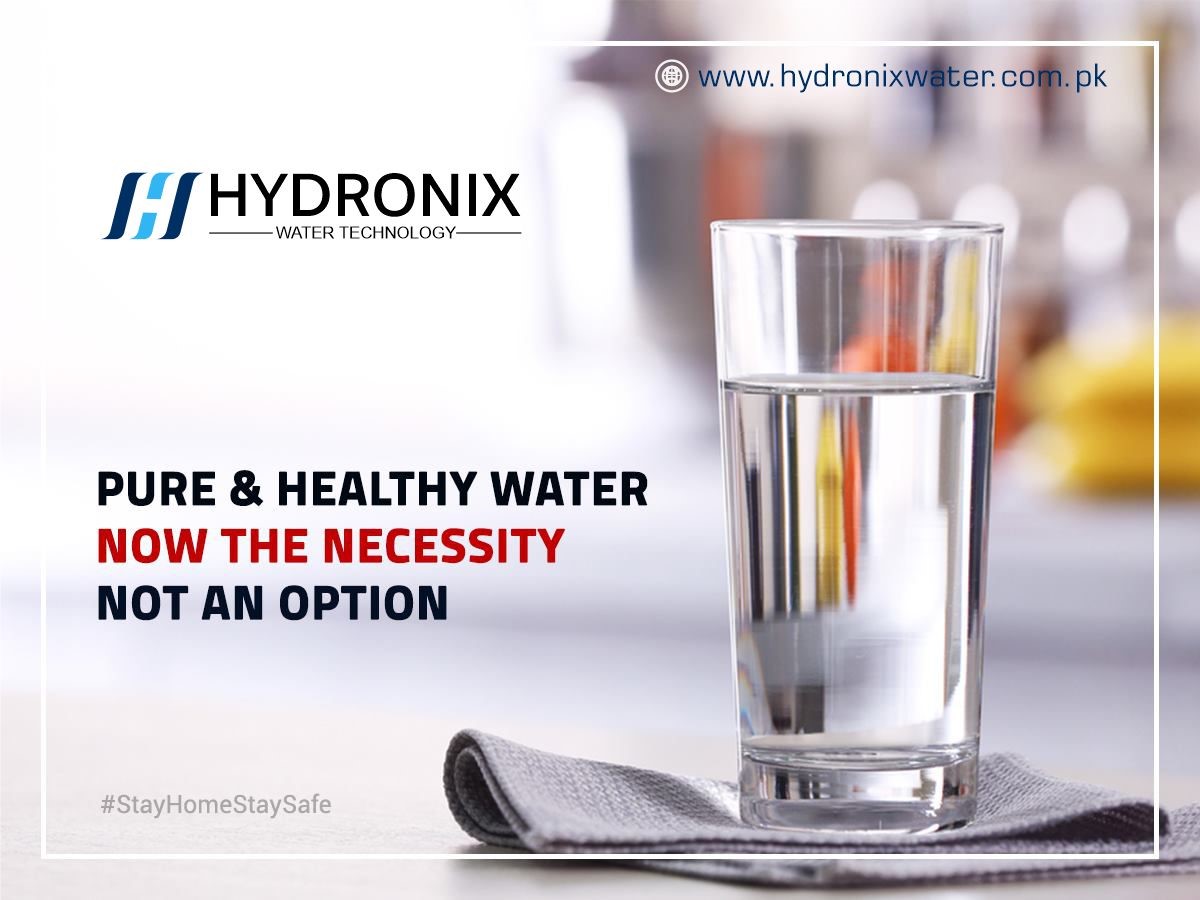Water from natural sources has organic substances that could have disastrous effects on one’s health. It is important to ensure that you consume it in its best state. Water that produces odor or unpleasant taste is not fit for consumption. It should contain a natural taste. The three ways used to purify water include:
- Boiling
- Distillation
- Disinfection
Purification
This process to purify water involves extortion of undesirable substances from contaminated water. While the main aim of purification is to produce clean water for consumption, purification of water may be needed for other things, such as application to the skin or clothing, or for medical treatments. Water may appear clean, but it is important to ensure it is pure. The mere look of water will not determine its purity. Apply one of these steps to decrease the likelihood of water contamination:
- Boiling
This is the simplest way that can help you ensure consumption of clean water. Boiling water is a traditional form of water purification applied in many homes. It is very easy to use this method. One only needs to put water in a boiling tin for few minutes. Once the water has reached a boiling point, cooling before consumption is necessary. Boiling water kill germs and parasites instantly.
- Disinfection
This process to purify water involves the use of cleaning agents such bleach. The main aim is to destroy microorganisms. While one is using cleaning agents, it is important to know what type they are. Some are not safe to use because they may cause side effects. It is advisable not to use bleaches that have scents. Use of the correct amount of bleaches is recommended. While purifying water for consumption using bleaches, household liquid is the best. The water purified by disinfection should not produce a smell from the bleaching agent.
- Distillation
Distillation involves extracting dirt from water by draining it from one source to a different place. Water is boiled to emit vapor, which then cools to liquid form. Some impure particles may remain behind during distillation; hence, this purification method is not the preferred method. Although distillation does not purify water completely, the greatest percentage of water is purified.
Filtration
Sometimes water purification is not enough to make water drinkable. The quantity of salts and minerals-including dissolved gases-defines the purity of water. If salts and minerals are out of balance, an odor or unpleasant taste may occur. Filtration can help remove the elements causing the imbalance, leaving behind water that is a pleasure to drink. Use of activated carbon may be a good option because it restores balance and allows water to retain its purity. Best RO Plant in Pakistan
It is very important to ensure that the liquid you are consuming is clean. Not many people pay attention to what they are drinking, and this may lead to disease in adults, and even death in children and immune compromised individuals. In case you have doubts on the kind of liquid you want to consume, it is important to purify it. You do not need to get sick when you can just avoid such circumstances.
